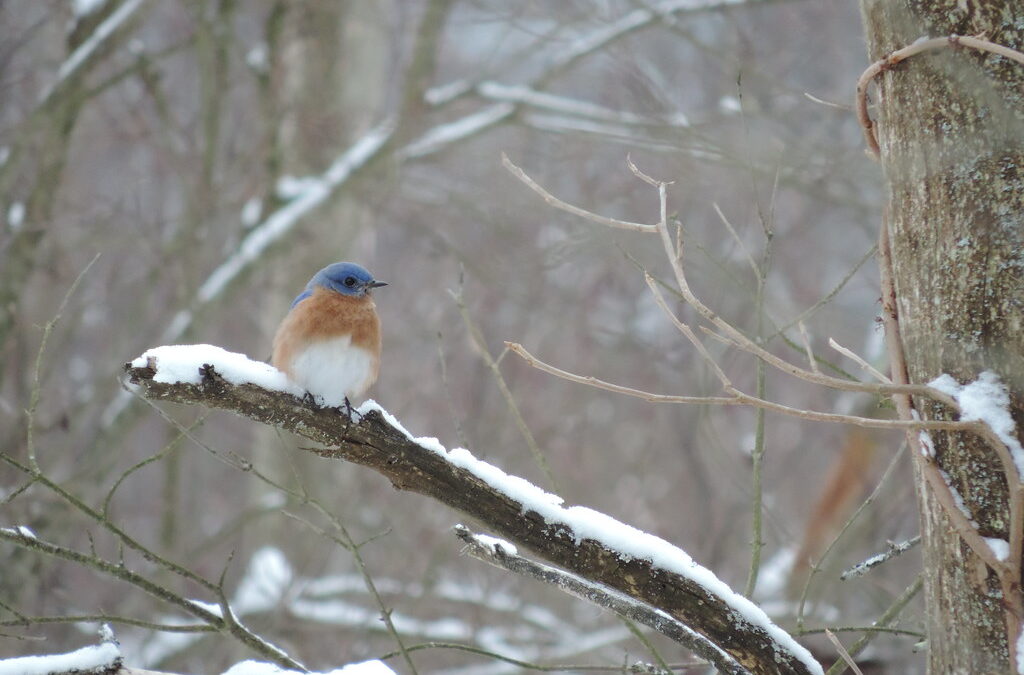By Emma Roth
To me, the best parts of nature are the things that change, the parts that keep you on your toes and create a spark of anticipation inside of you. When will I see the first green leaves of spring or hear the first cicadas of the summer? When will the first leaves start turning red, or the first snow flurry fall? These firsts are the most exciting parts of the year to me, and they always give me something to look forward to.
Even when I’m on a short day hike, it’s the excitement of change that drives me. What’s around the next bend or over that hill? The best feeling comes when you turn that corner or crest that summit and you see something completely new. Maybe a forest opens up into a sprawling field or turns into the shore of a lake. While I’ve only walked a couple of hundred feet, it feels like I am in an entirely new place. There are different sounds, smells, and even the air feels different.
These transitions, called edge habitats, are not just interesting to hike through, they are also extremely important to the natural world. Many types of plants and animals thrive in these transitions. Bluebirds, for example, are most at home where a forest borders a field. They have easy access to insects to eat and nest building material in the grasses of the field, and can find tree cavities to build their nests and raise their young in the forest.
Frogs are another lover of edge habitats. Many frog species live their adult lives on land; as adults, spring peepers live in forests and leopard frogs live in fields, but both need access to ponds or other wetlands nearby to lay their eggs and live as tadpoles.

My favorite edge habitat is where a forest dominated by hardwood trees such as maples and oaks meets a dark, cool forest dominated by hemlock trees. It is especially refreshing to walk into the shade of a hemlock grove on a hot summer day. It is amazing how quickly the forest changes in these spots. In the course of just a few steps, all the underbrush disappears, the sun is entirely hidden by the thick hemlock canopy, and the temperature drops by a noticeable amount in the shade of the trees.
These groves are special. Besides the tall hemlock trees, very little else can grow. There aren’t many bushes or shrubs along the ground and the tree tops are all a consistent, dark green. Hemlocks do a great job at making it difficult for other types of plants to grow in their forests.
The thick canopy stops sunlight from reaching the forest floor, preventing shorter plants from growing up under the tall trees. Hemlock trees also release acid into the soil, changing the chemistry enough that other trees are unable to grow there and disrupt the canopy. This strategy allows hemlocks to create areas in the forest where they do not need to compete with other plants for valuable nutrients and resources.

Along with being thoroughly pleasant to hike through, these hardwood-hemlock edge habitats are important for animals as well. The open forest floor of the hemlock trees allows animals to travel quickly, while the dense shrubs and bushes in the hardwood forests gives the animals an easy place to duck for cover if they sense danger. The cool temperatures in the hemlock forests provide a valuable escape from the heat of the summer sun for many animals. Streams that run through hemlock forests have cooler water temperatures and are home to fish species, like brook trout, that prefer colder water.
Edge habitats are special in many ways. They are important for the survival of many local animals, and always add excitement to a hike. Be excited for what’s around the next corner, and enjoy the changes as you walk through them.
Emma Roth is a Nature Educator at Audubon Community Nature Center.
Audubon Community Nature Center builds and nurtures connections between people and nature. ACNC is located just east of Route 62 between Warren and Jamestown. The trails are open from dawn to dusk as is Liberty, the Bald Eagle. The Nature Center is open from 10 a.m. until 4:30 p.m. daily except Sunday when it opens at 1 p.m. More information can be found online at auduboncnc.org or by calling (716) 569-2345.


Recent Comments